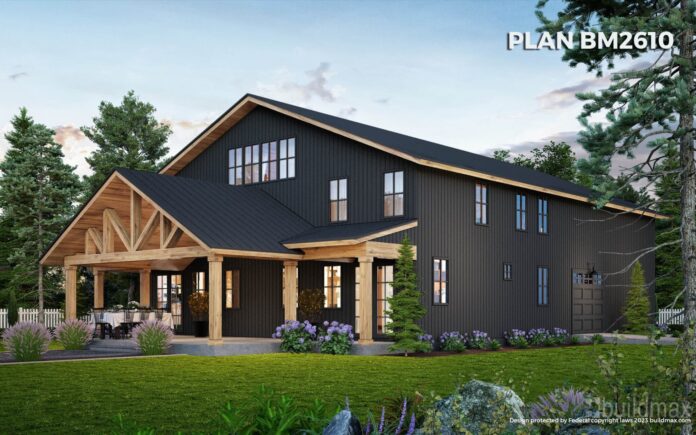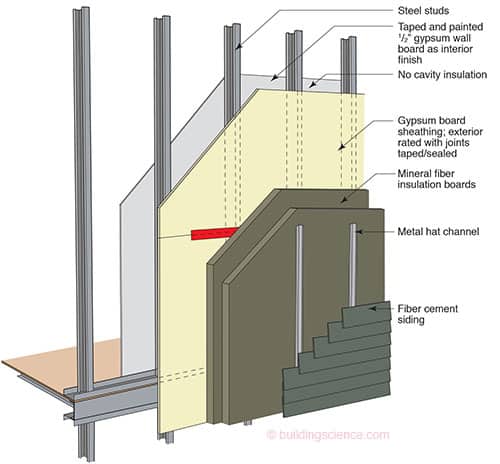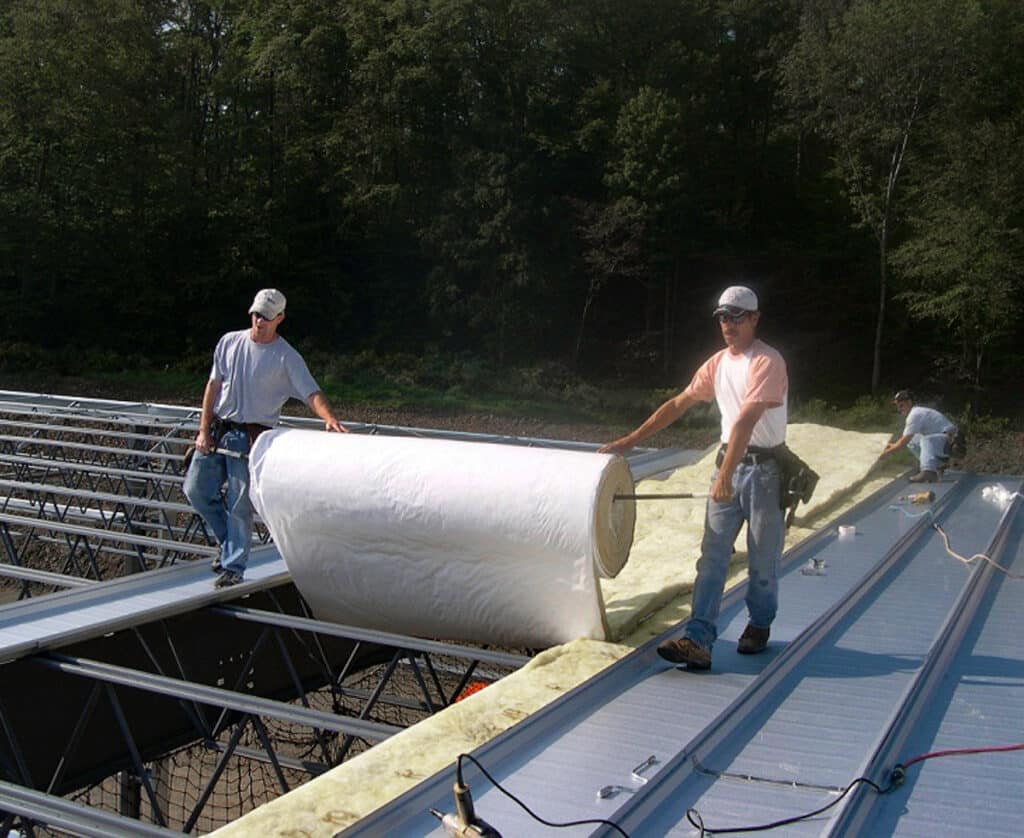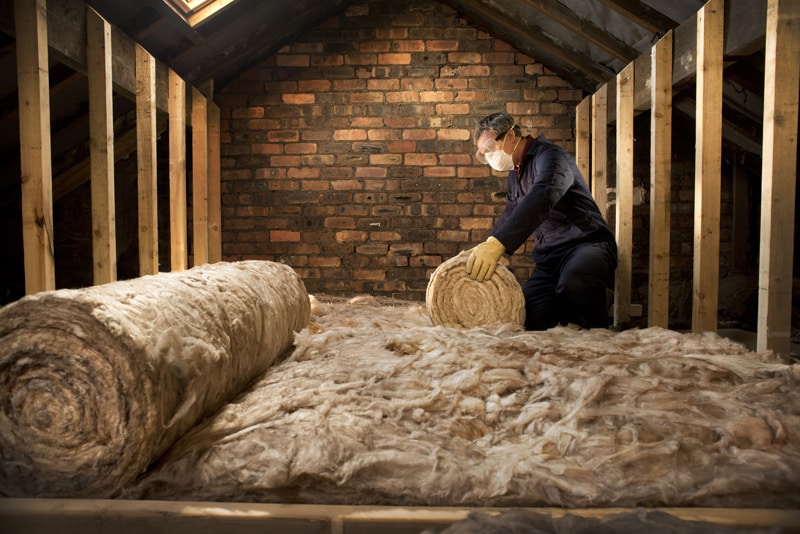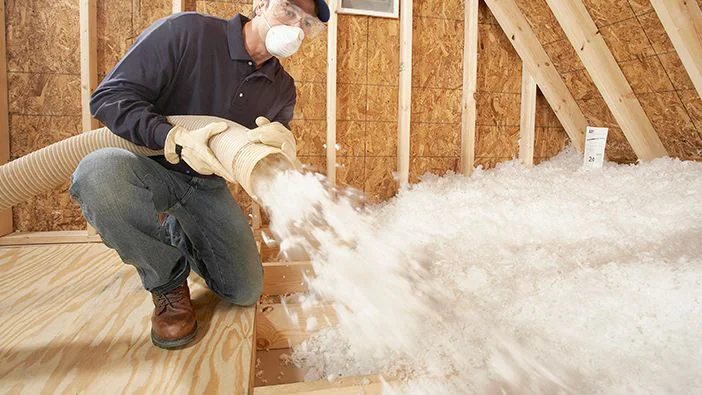The surge in popularity of barndominiums, especially those with steel frames, brings many questions regarding their construction and efficiency. One of the most critical concerns is insulation. The simple answer is yes, barndominiums do have insulation, and it plays a vital role in making these unique Barndominiums energy-efficient, comfortable, and habitable throughout the seasons. Given the versatility and unique construction needs of barndominiums, especially those with steel frames, choosing the right kind of insulation is paramount for achieving optimal thermal performance and moisture control. Here’s a deep dive into the different kinds of insulation suitable for steel frame barndominiums.
Importance of Insulation in Steel Frame Barndominiums
Steel, while being a strong and durable construction material, is also a good conductor of heat. This means that without proper insulation, a steel frame barndominium can become excessively hot in summer and bitterly cold in winter. Insulation helps regulate the interior temperature, reduce energy costs, and prevent moisture-related issues such as condensation, which can lead to rust and deterioration of the metal frame over time.
Types of Insulation for Steel Frame Barndominiums
1. Spray Foam Insulation
Spray foam insulation is a popular choice for steel frame barndominiums due to its excellent thermal resistance and air sealing properties. It comes in two main types: open-cell and closed-cell spray foam.
– **Open-Cell Spray Foam**: This type is lighter and more flexible, with a lower R-value per inch (around R-3.5 to R-3.6). It’s effective for sound dampening and works well in interior walls but might not be the best choice for extreme temperatures.
– **Closed-Cell Spray Foam**: Offering a higher R-value (around R-6 to R-7 per inch), closed-cell foam is denser and more rigid, providing greater thermal resistance and moisture barrier properties. It’s ideal for steel frame structures, as it can add to the structural integrity and is highly resistant to water, making it an excellent option for both insulation and moisture control.
2. Rigid Foam Board Insulation
Rigid foam boards, made from materials such as polystyrene, polyisocyanurate (poly-Iso), or polyurethane, offer high R-values and can be cut to fit various spaces in a steel frame barndominium. These boards can be applied to walls, roofs, and floors, providing a continuous insulation layer that reduces thermal bridging—a common issue in metal buildings.
– **Extruded Polystyrene (XPS)**: With an R-value of about R-5 per inch, XPS is moisture-resistant and offers a good balance of price and performance.
– **Polyisocyanurate (Polyiso)**: Polyiso has a higher R-value, around R-6 to R-7 per inch, and often comes with a reflective foil facing that can help reduce heat gain in summer.
– **Expanded Polystyrene (EPS)**: EPS is the most cost-effective option, with an R-value around R-3.8 to R-4 per inch, and can be a good choice for budget-conscious projects.
3. Fiberglass Batt Insulation
Fiberglass batts are a traditional insulation material that can be used in barndominiums, though they are less common in steel frame construction. They are made from fine glass fibers and are designed to fit between studs and joists. While they are an economical option and have an R-value of around R-3 to R-4 per inch, their effectiveness can be compromised by moisture and they do not provide the air-sealing properties of spray foam.
4. Mineral Wool Insulation
Mineral wool, also known as rock wool or slag wool, offers excellent fire resistance and sound-dampening properties, in addition to thermal insulation. It is more dense and moisture-resistant than fiberglass and can be a good option for steel frame barndominiums, providing an R-value similar to fiberglass. Mineral wool is particularly suited for areas requiring fire resistance and noise reduction.
Considerations for Insulating Steel Frame Barndominiums
– **Thermal Bridging**: Steel frames can conduct heat, creating paths for heat loss known as thermal bridges. It’s important to choose insulation that can be applied continuously over the steel elements to minimize this effect.
– **Moisture Control**: In addition to insulating, managing moisture is crucial in a steel frame barndominium to prevent condensation and corrosion. Closed-cell spray foam or rigid foam boards with a vapor barrier can provide both insulation and moisture control.
– **Energy Efficiency**: Higher R-value insulation improves energy efficiency, reducing heating and cooling costs. It’s worth investing in high-quality insulation to achieve long-term savings and comfort.
Overall…..
Insulation in a steel barndominium is obviously critically important. Steel, as a construction material, is highly conductive of heat, meaning without proper insulation, a steel barndominium can become extremely hot in summer and uncomfortably cold in winter without the proper insulation. Proper insulation ensures the interior of the barndominium maintains a consistent and comfortable temperature year-round, which is not only essential for livability but also for energy efficiency.
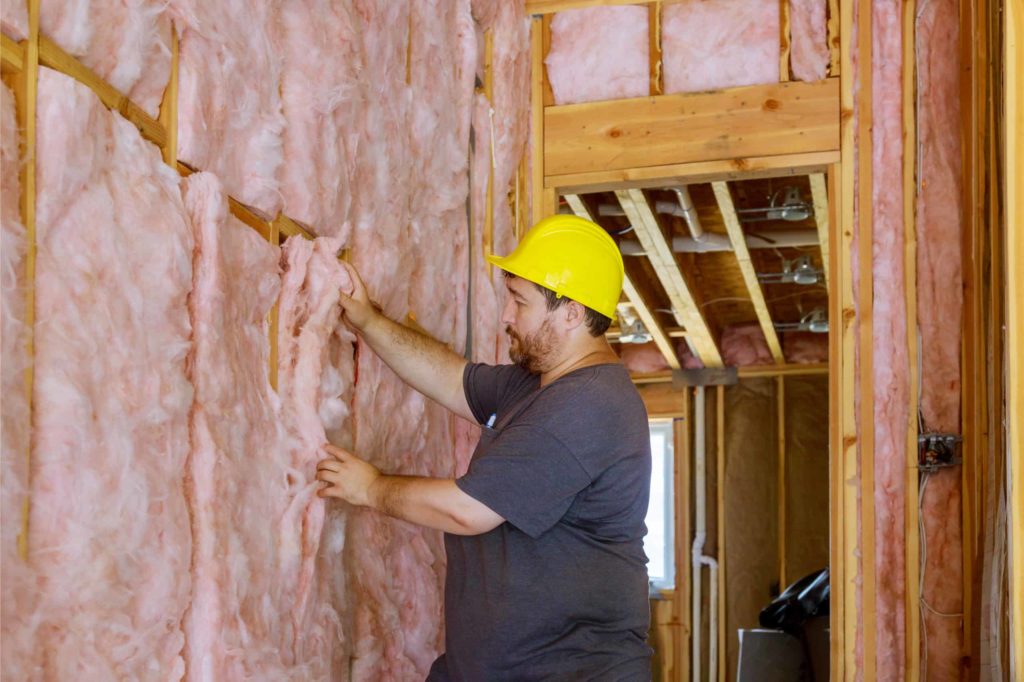
Effective insulation can significantly reduce heating and cooling costs by minimizing the energy required to maintain comfortable indoor temperatures. Furthermore, insulation plays a crucial role in preventing condensation within the structure. In steel buildings, condensation can lead to rust and corrosion of the metal frame, potentially compromising the structural integrity over time.
Lastly, beyond temperature regulation and moisture control, insulation also contributes to sound dampening, making the interior environment quieter and more peaceful. In summary, insulation is a foundational aspect of creating a durable, energy-efficient, and comfortable steel barndominium.



